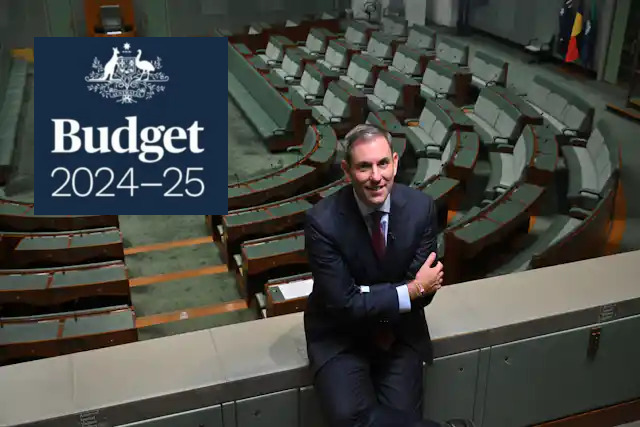The Budget involves reams upon reams of documents, full of promises, targets and trackers. How does this impact students? How do the cost-of-living reforms affect the student demographic? Check out this guide to the Budget for how it affects tertiary students, and where it fails us.
Firstly, funding. The Government is dedicating $1.6 billion to the Higher Education portfolio — $1.1 billion to university funding and tertiary system governance and $500 million for skills and training.
To the acronym on every student’s tongue — HECS. 2023’s shocking indexation rate of 7.1% has been slashed to 4%, with relief backdated to all student support loan accounts that existed on June 1, 2023. The indexation rate has been capped to the lower of either the Consumer Price or Wage Price Index in order to prevent student debt mushrooming faster than wages catch up.
The next reform many students are hungry for are paid mandatory practical placements. “Eligible” students will be paid $319.50 per week from July 2025. These eligibility criteria have not been released, but Honi understands that it will involve means-testing similar to other student welfare payments, and that the student worked more than 15 hours a week before the placement. This payment only applies to teaching, nursing, midwifery and social work students — this is because the reform addresses skill shortages and economic concerns. With medical, psychology and allied health students left behind, it is clear that this policy does not prioritise student welfare.
The only other welfare payment relevant to students that receives budgetary attention is Commonwealth Rent Assistance, facing a 10% increase in its maximum rate. Since Howard’s Voluntary Student Unionism (VSU) policy, student unions are at the mercy of universities for funding from the Student Services and Amenities Fees (SSAF) funding. This Budget requires all universities to apportion at least 40% of the SSAF funding pool to “student-led organisations”. This does not impact universities such as the University of Sydney, which already apportion a high percentage of SSAF to multiple student-led organisations. However, this standardises this approach, albeit with a low percentage, for all universities.
Clearly aware of campus and student accommodation safety epidemics, the Budget dedicates funding to an inaugural National Student Ombudsman. This will field complaints from students where these complaints were insufficiently handled by universities. Additionally, a “National Higher Education Code to Prevent and Respond to Gender-based Violence” will be imposed on both higher education and student accommodation providers.
The requirements of this Code remain unclear, apart from the stipulation to “embed a whole-of-organisation approach”.
Sparked by the ballooning of Gaza solidarity encampments and campus discourse on Palestinian liberation, the Budget announces an inquiry into “antisemitism, Islamophobia and racism in tertiary education”. This inquiry is notably a reshaping of the Universities Accords Report recommendation for a review into racism against First Nations students.
Also, no word on Morrison’s Jobs Ready Graduates package. It seems like under Albanese’s government, this detested policy will stay.





